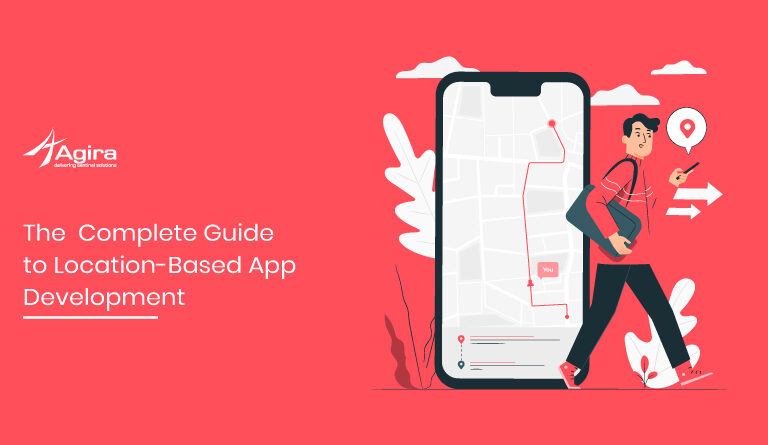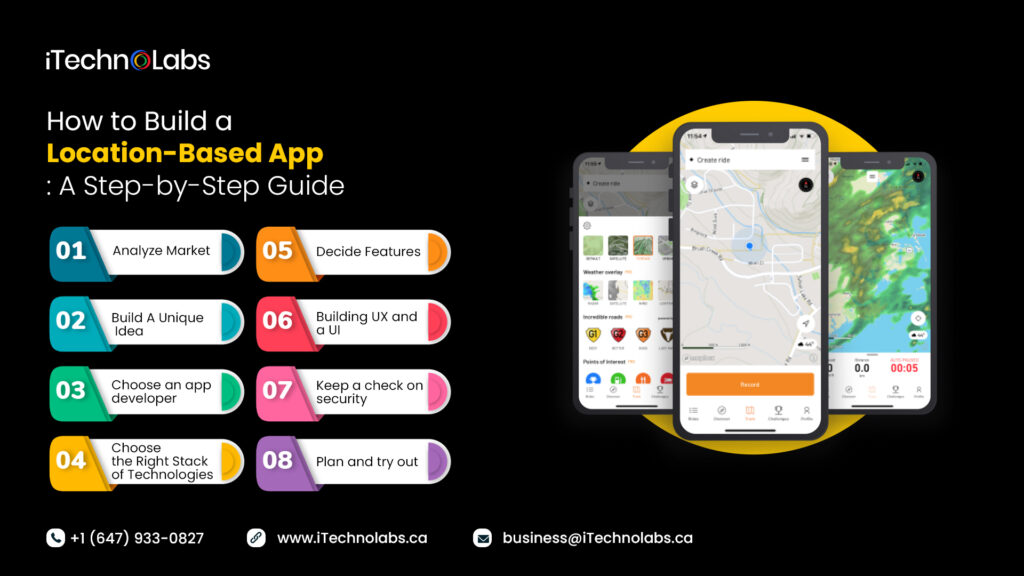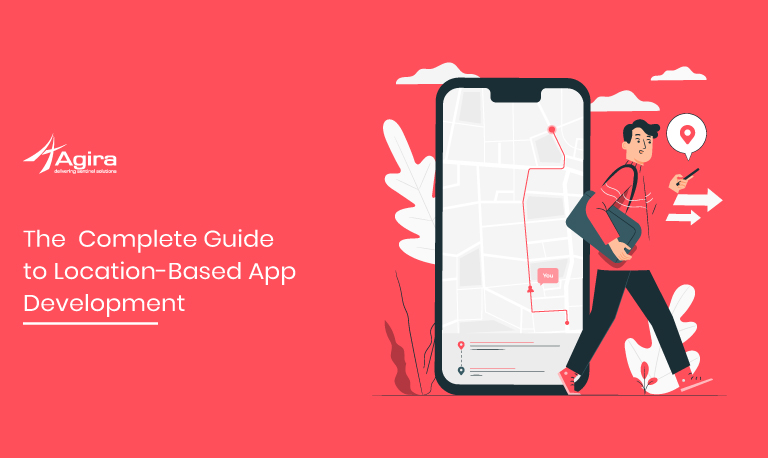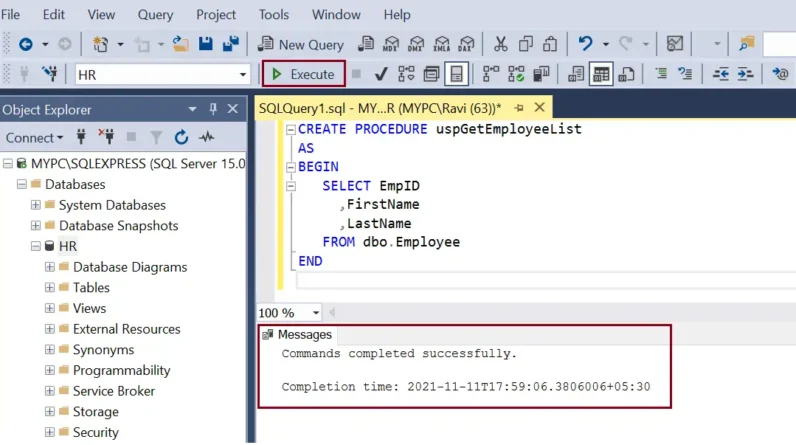
Have you ever wondered how to create location-based services? Maybe you’ve seen the popularity of apps like Uber or Yelp, and you’re intrigued by the idea of integrating location into your own services. Well, you’re in luck! In this guide, we’ll dive into the world of location-based services and show you step-by-step how to create your own.
Firstly, it’s important to understand what location-based services are. Essentially, these are services that utilize a user’s location to provide specific information or functionality. This can range from simple features like suggesting nearby restaurants or displaying directions, to more complex applications like ride-sharing or real-time tracking. The possibilities are endless! Throughout this guide, we’ll explore different aspects of location-based services, including the technology behind it, the various use cases, and the steps involved in creating your own. So, whether you’re a business owner looking to enhance your customer’s experience, or a developer seeking to create the next big location-based app, this guide has got you covered! Stay tuned to discover the ultimate secrets to creating location-based services. Based services offer numerous benefits to businesses and users alike. These services leverage location data to enhance user experience, improve targeted marketing, and increase customer engagement. If you’re looking to create your own location-based services, this ultimate guide will provide you with the steps, best practices, challenges, and future trends to consider. Let’s dive in!
Table of Contents
Benefits of Location-Based Services
Enhanced User Experience
One of the primary benefits of location-based services is the ability to enhance the user experience. By utilizing location data, businesses can offer personalized recommendations, targeted offers, and relevant content based on the user’s location. For example, a restaurant app can suggest nearby restaurants based on the user’s current location, saving them the hassle of searching for options themselves. This level of personalization not only improves the user experience but also increases customer satisfaction and loyalty.
Improved Targeted Marketing
Location-based services enable businesses to target their marketing efforts more effectively. With access to location data, businesses can tailor their advertisements and promotions to specific locations, ensuring that they reach the right audience at the right time. For instance, a retail store can send push notifications to nearby customers, informing them about ongoing sales or exclusive discounts. By delivering relevant offers based on the user’s location, businesses can significantly increase their chances of converting leads into customers.
Increased Customer Engagement
Location-based services also provide opportunities for businesses to engage with their customers in innovative ways. For example, businesses can create interactive experiences through augmented reality (AR) or gamification techniques. By incorporating location data, businesses can offer location-specific challenges, rewards, or virtual objects for users to collect. This not only encourages customer engagement but also creates a sense of excitement and fun, ultimately increasing user retention and brand loyalty.
Understanding Location-Based Technologies
In order to create location-based services, it’s essential to understand the underlying technologies that power them. Here are three key technologies to familiarize yourself with:
GPS (Global Positioning System)
GPS is a widely used technology that enables the determination of precise geographic locations. It uses a network of satellites to triangulate the user’s position and provide accurate coordinates. GPS is commonly used in navigation apps, fitness trackers, and ride-sharing services to track and guide users to their desired destinations.
Geofencing
Geofencing involves creating virtual perimeters (geofences) around specific physical locations. When a user enters or exits these geofences, triggers can be set to deliver location-based notifications or trigger certain actions. Geofencing is particularly useful for sending alerts about nearby points of interest, offering location-specific discounts, or monitoring employee attendance in designated areas.
Beacon Technology
Beacons are small devices that use Bluetooth technology to transmit signals to nearby smartphones or other devices. These signals can trigger specific actions or deliver targeted messages when users come within proximity of the beacon. Beacons are widely used in retail stores for sending personalized offers, in museums for providing location-specific information, and in airports for guiding passengers to their gates.

Steps to Create Location-Based Services
Now that you understand the benefits and technologies of location-based services, let’s dive into the step-by-step process of creating your own:
Identify Target Audience
Start by identifying your target audience and understanding their needs. Determine who your services will cater to and what problems you aim to solve through location-based functionalities. Conduct market research, engage with potential users, and gather feedback to validate your assumptions.
Define Service Purpose
Once you know who you’re targeting, clearly define the purpose of your location-based service. Determine how location data will enhance your users’ experience, whether it’s through personalized recommendations, targeted marketing, or interactive experiences. Having a clear service purpose will guide your development process and ensure that you deliver value to your users.
Develop a User-Friendly Interface
Design an intuitive and user-friendly interface for your location-based service. Consider the different devices your users may use, such as smartphones, tablets, or wearables, and optimize the interface for each platform. Make it easy for users to access location-based functionalities and understand how they can benefit from them.
Choose the Right Location Data Source
Selecting the right location data source is crucial for the accuracy and reliability of your location-based service. Consider using reputable providers such as Google Maps, Mapbox, or OpenStreetMap, which offer comprehensive and up-to-date location data. Ensure that the chosen data source aligns with your target audience’s geographical coverage and provides the level of granularity you require.
Implement Location Tracking
Integrate location tracking capabilities into your app or service. Utilize the location data provided by the user’s device, such as GPS coordinates or IP address, to determine their current position. Incorporate features like real-time tracking, route optimization, and distance calculation based on the user’s location.
Set Up Geofences
Create geofences around specific locations relevant to your service. Determine the radius or shape of the geofences based on your intended triggers or notifications. For example, a coffee shop app may create a geofence around each of its branch locations and trigger a notification when users are within a certain distance. Ensure that your geofence setup is accurate and optimized to avoid false triggering or excessive notifications.
Deploy Beacon Technology
If your service requires proximity-based interactions, consider implementing beacon technology. Deploy beacons strategically in spaces where you want to engage with your users, such as retail stores, museums, or stadiums. Set up beacon triggers and actions, and ensure that they align with your service’s purpose and enhance the user experience. Conduct thorough testing and calibration before deploying beacons to provide a seamless user experience.
Ensure Privacy and Data Security
With location-based services, it is crucial to prioritize user privacy and data security. Implement robust security measures to protect user data and provide transparent privacy policies. Allow users to control their location sharing preferences and provide clear consent options. Ensure compliance with relevant regulations, such as GDPR (General Data Protection Regulation) or CCPA (California Consumer Privacy Act), to instill trust and confidence in your users.
Integrate with Existing Systems
Consider integrating your location-based services with other existing systems or platforms. For example, if you’re building a restaurant recommendation app, you may want to integrate with reservation systems or third-party review platforms. Seamless integration enhances the user experience and expands the functionality of your service, making it more valuable to your users.
Test and Optimize
Thoroughly test your location-based services before launching them to your audience. Conduct user testing, gather feedback, and iterate on your design and functionality. Optimize your service based on user behavior and preferences, ensuring a smooth and seamless experience. Regularly update and maintain your service to address any bugs or system issues that may arise.
Best Practices for Location-Based Services
To ensure the success of your location-based services, it’s important to follow these best practices:
Provide Clear Value Proposition
Clearly communicate to your users the value they will gain from using your location-based services. Highlight the benefits, convenience, or savings they can expect by utilizing location data. Offering a strong value proposition increases the likelihood of users opting in and engaging with your services.
Personalize User Experience
Leverage location data to provide personalized experiences and recommendations to your users. Customize your content, offers, or notifications based on their preferences, browsing history, or past interactions. This level of personalization enhances user engagement and fosters a deeper connection with your brand.
Offer Incentives
Consider providing incentives or rewards to users who actively engage with your location-based services. This could be in the form of discounts, exclusive offers, or loyalty points. Incentives not only encourage users to opt in and use your services but also enhance customer satisfaction and loyalty.
Respect User Privacy
Always prioritize user privacy and ensure that your location-based services comply with privacy regulations. Obtain proper consent before collecting or utilizing location data. Clearly communicate your data usage practices, provide transparent privacy policies, and allow users to easily opt out or adjust their privacy settings.
Ensure Accuracy of Location Data
Maintain the accuracy of your location data by regularly updating your data sources and integrating with reliable location providers. Verify the correctness of addresses, coordinates, and points of interest to avoid any navigational or user experience issues. Inaccurate location data may lead to frustrated users or failed interactions.
Enable Opt-In and Opt-Out
Give users control over their location sharing preferences. Provide clear options for opting in and out of your location-based services. Allow users to adjust their settings, specify their location preferences, or temporarily disable location tracking. Respecting user choices builds trust and fosters a positive user experience.

Challenges and Solutions in Location-Based Services
While location-based services offer significant benefits, they also come with their fair share of challenges. Here are some common challenges and their possible solutions:
Battery Drain
Location tracking can consume significant battery power, impacting the user experience. To mitigate this issue, optimize your app or service for efficient power usage. Implement intelligent location tracking that balances accuracy with battery consumption. Use background location updates sparingly and provide options for users to adjust location tracking settings to optimize battery life.
Privacy Concerns
Location-based services raise privacy concerns for users, as their location data is being tracked and utilized. Address these concerns by being transparent about your data collection and usage practices. Clearly communicate how location data enhances the user experience and provide robust privacy controls for users to manage their preferences. Encrypt location data during transmission and storage to safeguard user privacy.
Data Quality and Accuracy
Maintaining accurate and up-to-date location data can be challenging. Partner with reliable location data providers and regularly update your data sources. Utilize data cleansing techniques to remove duplicates, correct inaccuracies, and ensure data integrity. Conduct regular audits and tests to verify the accuracy and reliability of your location data.
Cross-Platform Compatibility
Developing location-based services that work seamlessly across different platforms can be complex. Consider using cross-platform development frameworks or technologies such as React Native or Flutter to ensure compatibility. Test your services on different devices and platforms to identify any compatibility issues early on and ensure a consistent user experience.
Network Connectivity Issues
Reliance on network connectivity for location-based services can pose challenges, especially in areas with limited or unstable internet access. Implement offline functionality by caching relevant location data on the user’s device. Allow users to access previously downloaded maps or information while offline. Design your services to gracefully handle network reconnectivity to ensure uninterrupted experiences for your users.
Case Studies
To gain further inspiration and insights, let’s look at a few case studies that demonstrate successful implementation of location-based services:
Successful Location-Based Service Implementation
Nike Run Club is a popular mobile app designed for runners. It utilizes GPS technology to track users’ runs, providing real-time data on distance, pace, and route. The app gamifies the running experience by enabling users to set goals, compete with friends, and earn rewards based on their achievements. Nike Run Club’s use of location data not only enhances the user experience but also fosters a sense of community among runners.
Innovative Use of Geofencing
Starbucks, a well-known coffee chain, leverages geofencing technology to enhance its customer experience. Through its mobile app, Starbucks sets up geofences around its stores and triggers notifications to users who pass nearby. These notifications inform users about ongoing promotions, new drink releases, or pre-order options. By utilizing geofencing, Starbucks effectively engages with its customers and drives foot traffic to its stores.
Impactful Beacon Technology Usage
Major League Baseball (MLB) stadiums have been utilizing beacon technology to enhance the game-day experience for fans. By deploying beacons throughout the stadiums, MLB delivers location-based notifications, such as seat upgrades, concession offers, or exclusive content, to fans who have opted in to receive them. These personalized messages improve fan engagement, increase concession sales, and create a more interactive and immersive environment during games.

Future Trends in Location-Based Services
Location-based services are continually evolving, and several key trends are expected to shape their future:
Indoor Positioning Systems
As outdoor GPS signals often struggle to penetrate indoor spaces accurately, there is a growing demand for indoor positioning systems (IPS). IPS utilizes technologies like Wi-Fi, Bluetooth, or RFID to determine users’ positions indoors. This trend opens up opportunities for location-based services within indoor settings, such as shopping malls, airports, or museums.
Artificial Intelligence Integration
The integration of artificial intelligence (AI) into location-based services enables smarter and more personalized experiences. AI algorithms can analyze vast amounts of data, including location history, user preferences, and real-time context, to deliver tailored recommendations and suggestions. AI can also automate processes such as geofence setup or beacon trigger optimization for improved efficiency.
Augmented Reality and Virtual Reality
Augmented reality (AR) and virtual reality (VR) technologies are expected to play a significant role in the future of location-based services. These immersive technologies can overlay digital content onto the user’s real-world surroundings, creating interactive and engaging experiences. Location-based AR or VR can be used in tourism, retail, or entertainment to offer virtual tours, product try-ons, or immersive storytelling.
Summary
Location-based services offer businesses unprecedented opportunities to enhance user experiences, improve targeted marketing, and increase customer engagement. By understanding the benefits, technologies, and steps involved in creating location-based services, you can create innovative and valuable solutions for your users. Follow best practices to ensure a personalized and secure experience, tackle challenges effectively, and stay ahead of future trends to remain competitive in the dynamic landscape of location-based services.








